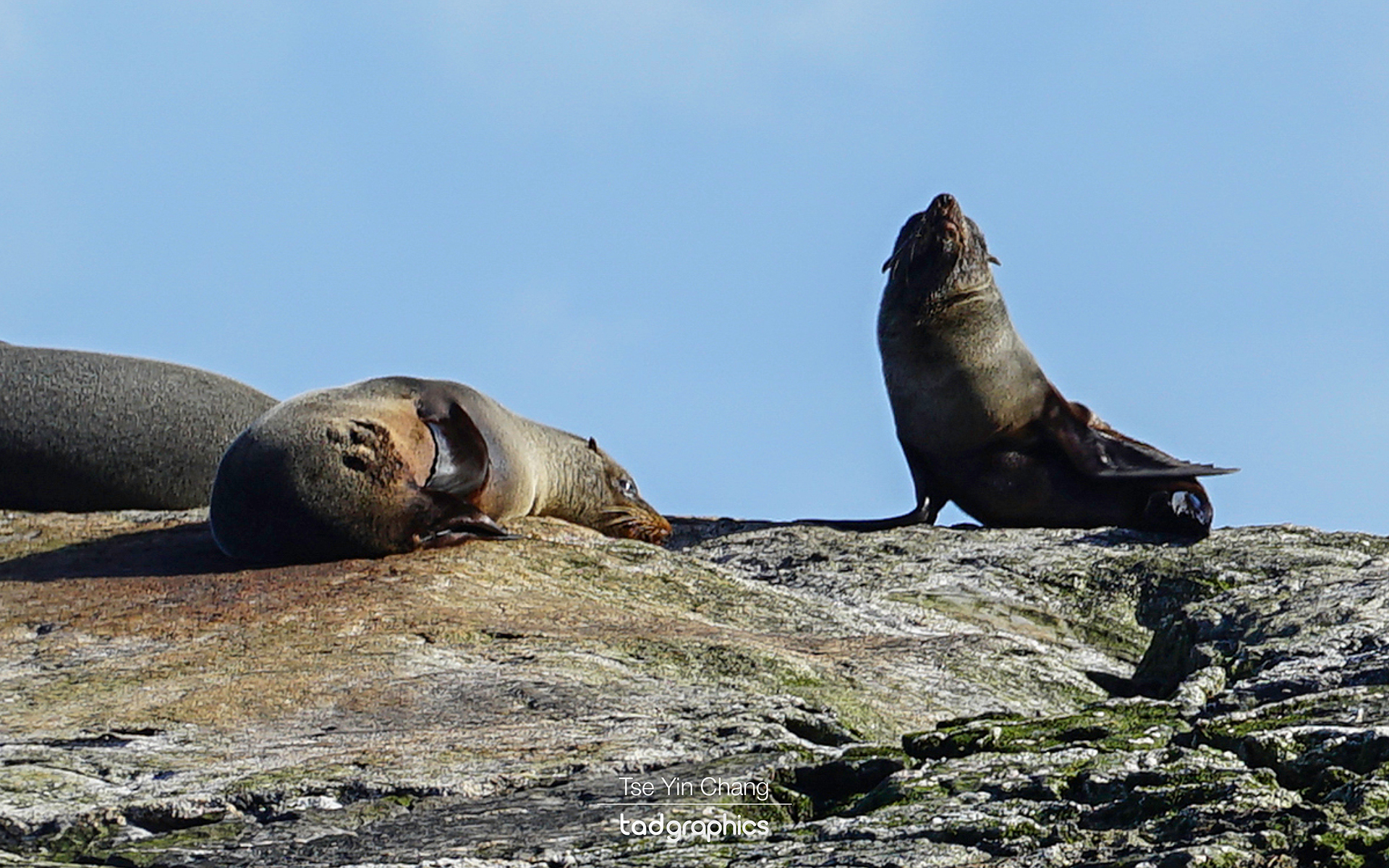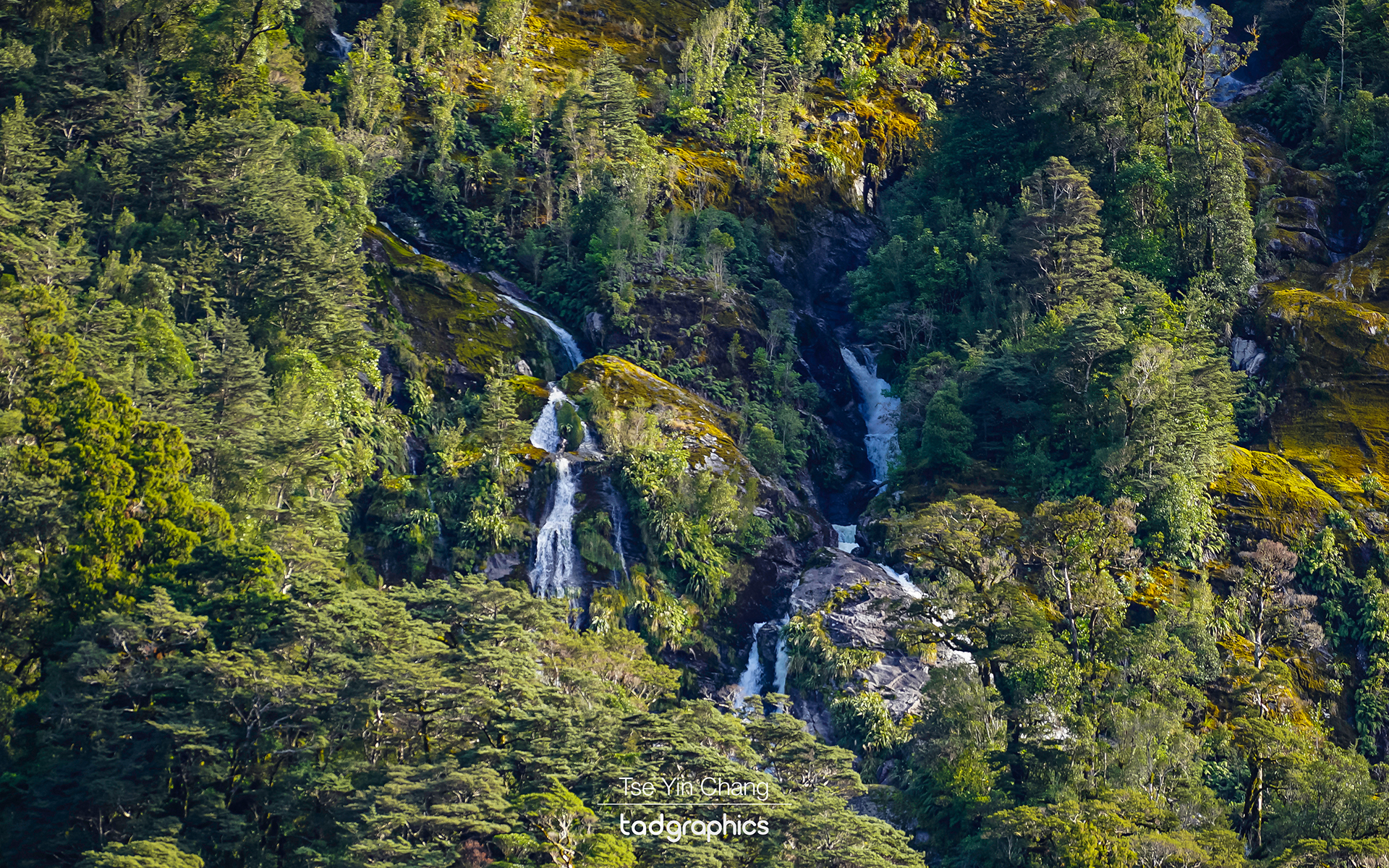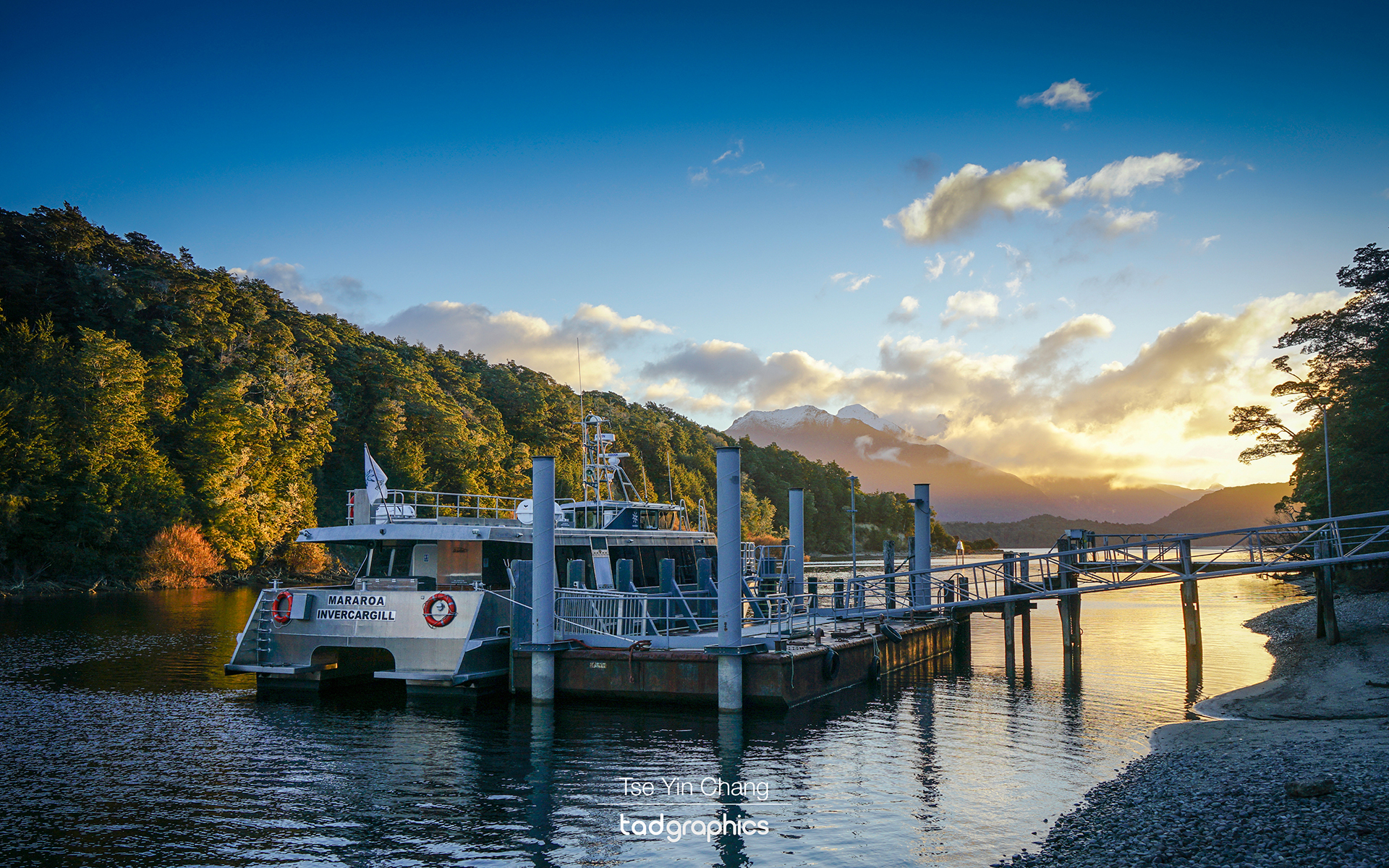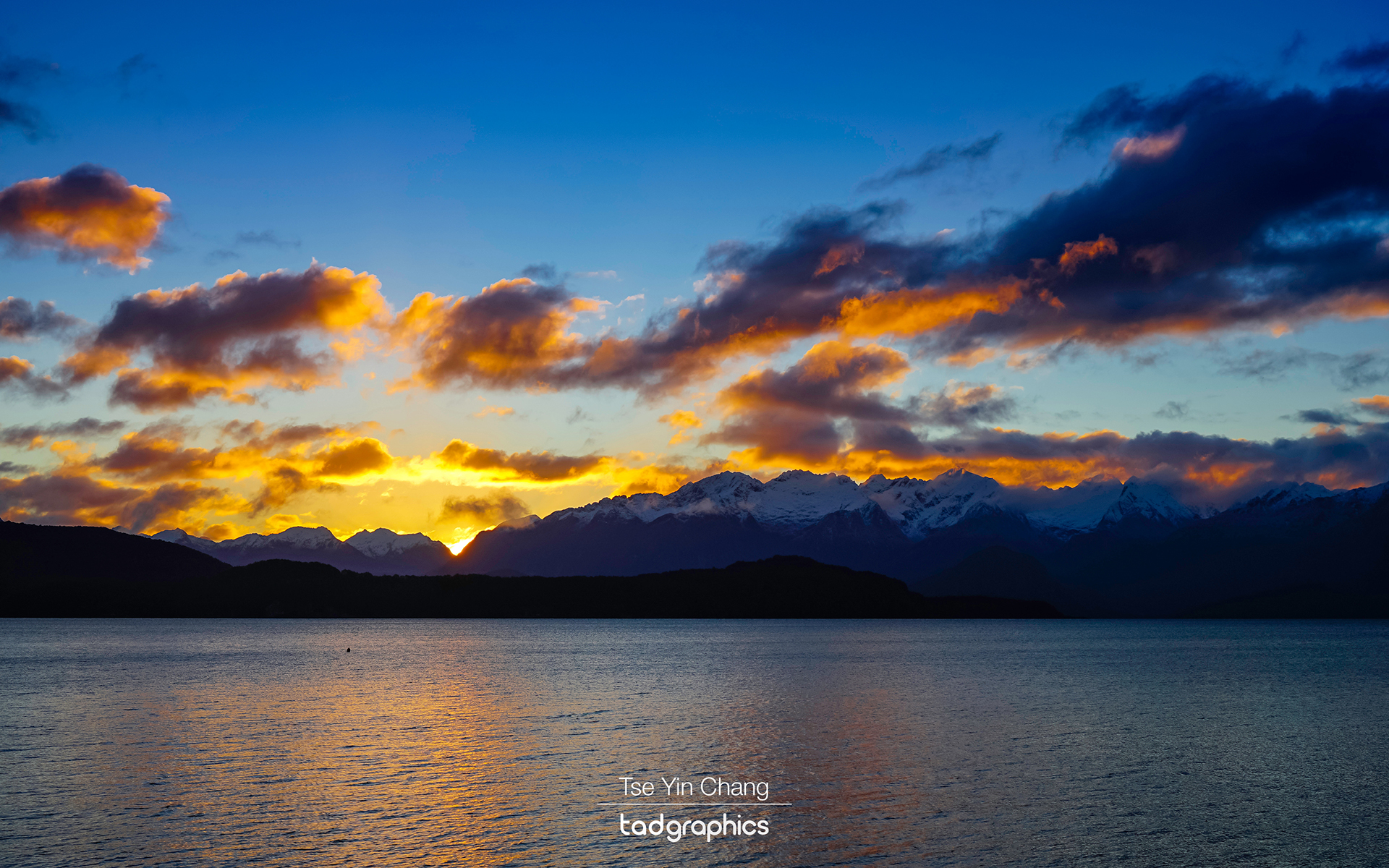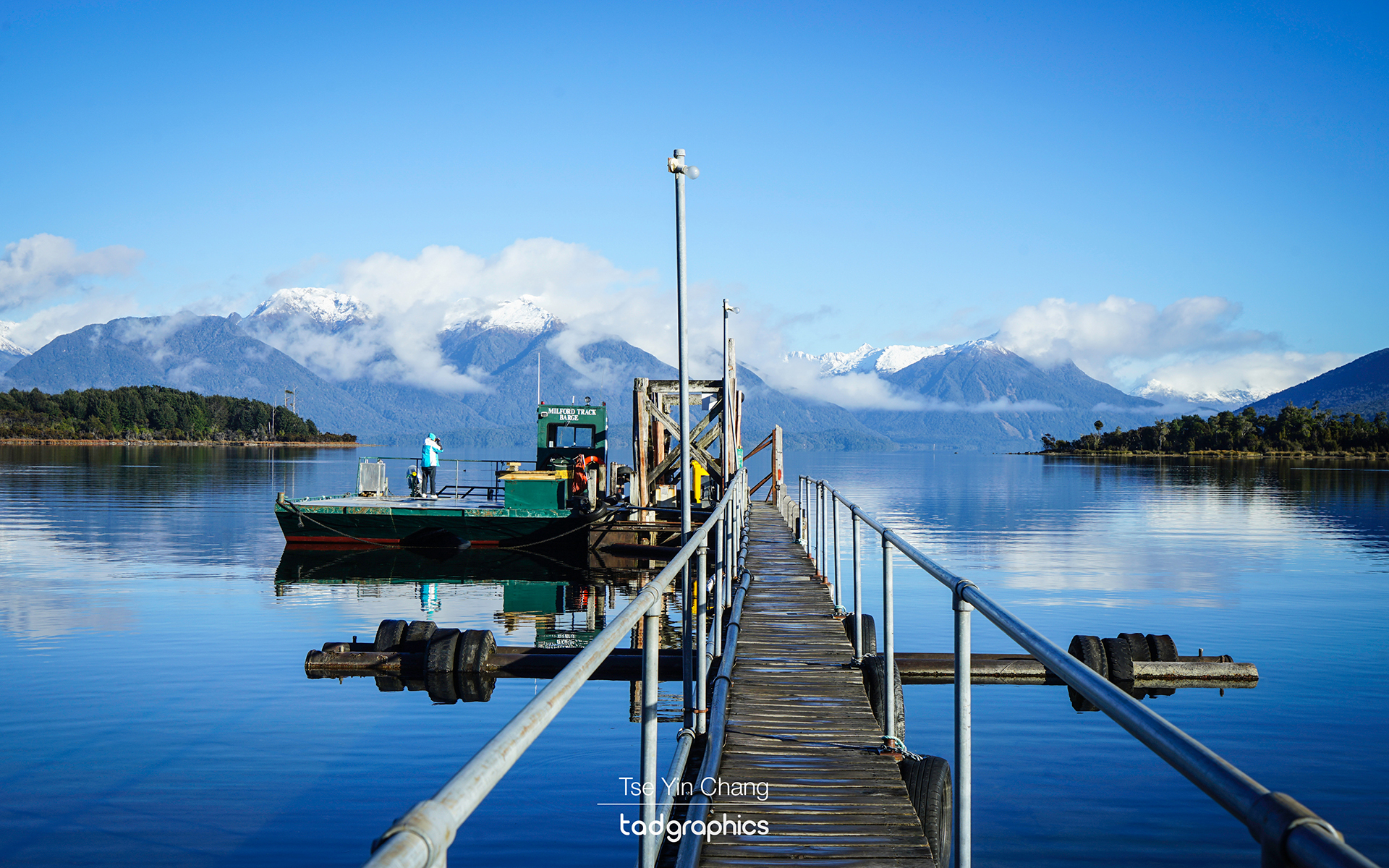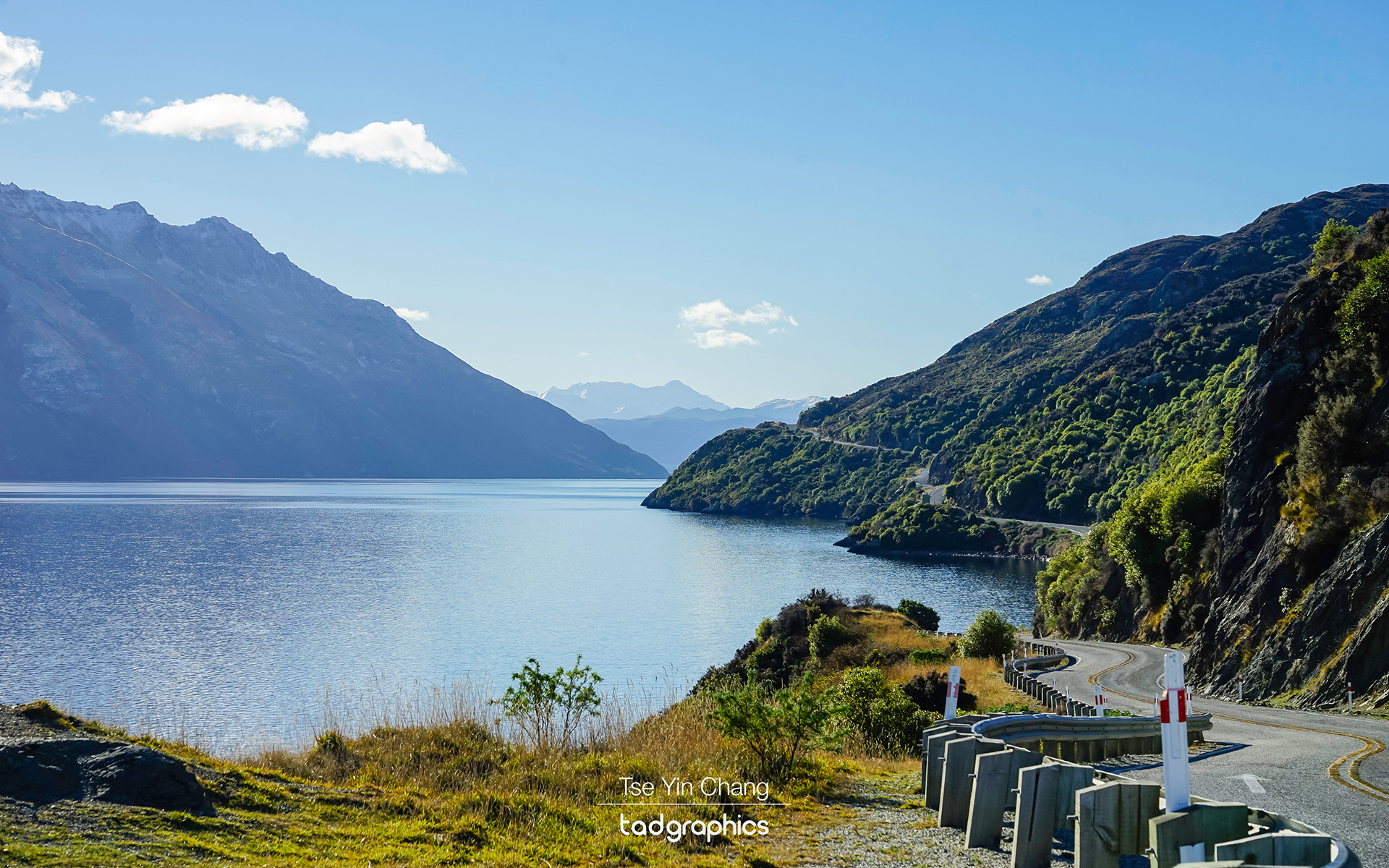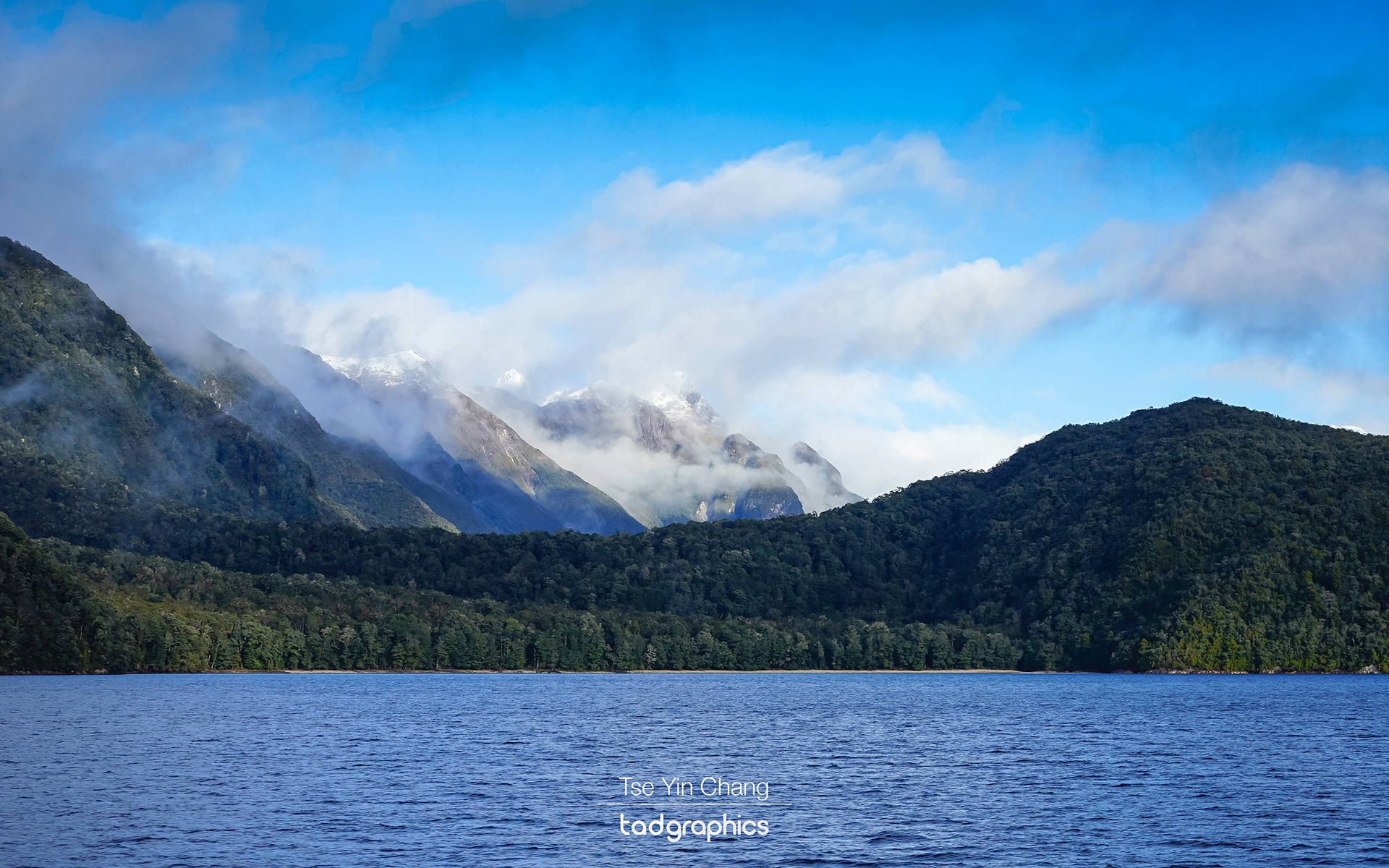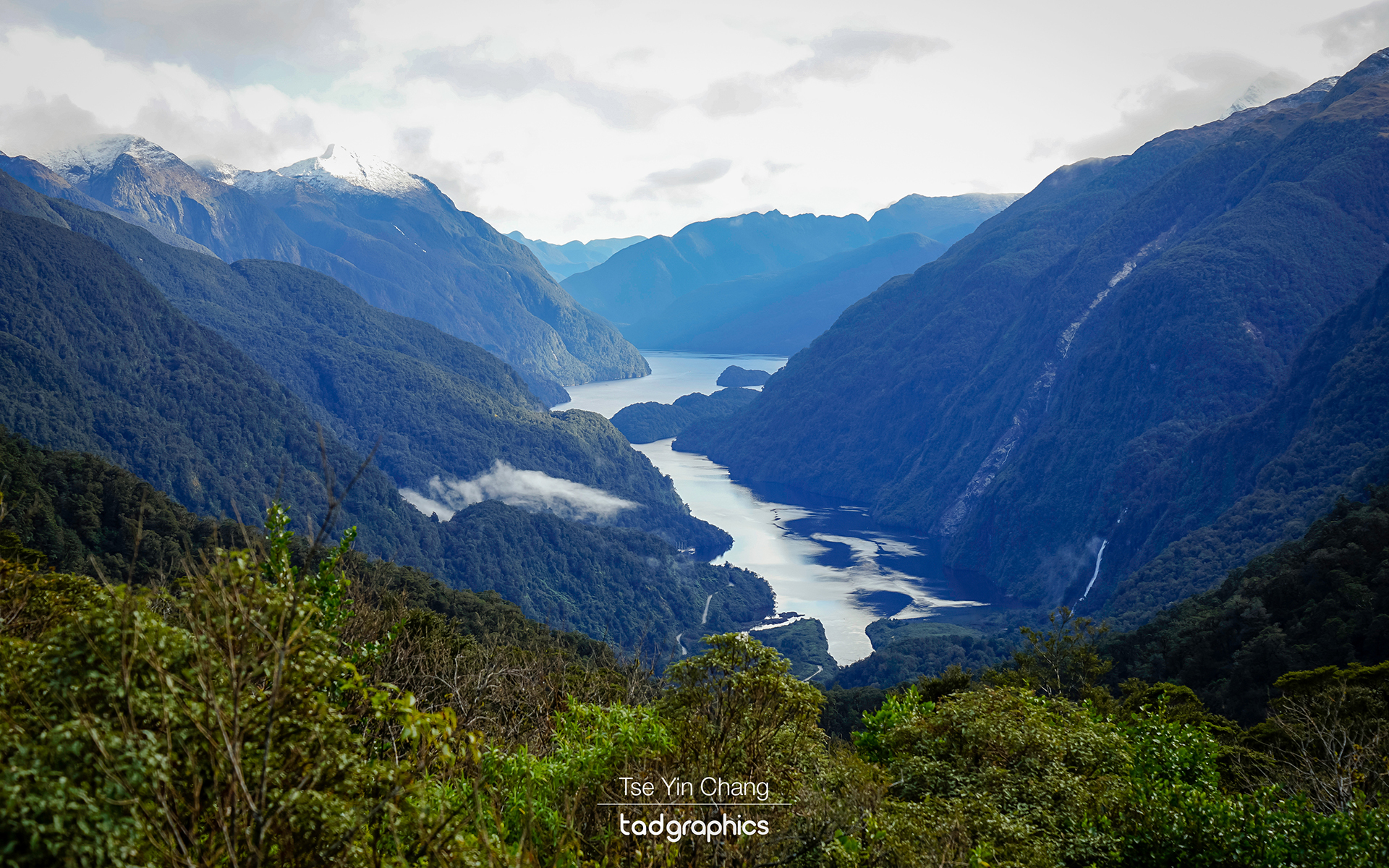
The fjords of New Zealand are legendary. The southern portion of the west coast of the country’s south island is peppered with them and they manage to stand out as dramatic and picturesque in a country comprising almost exclusively of landscapes which fit these two adjectives. Crystal clear waters snake through the narrow channels they have managed to cut out of the jagged mountain ranges as they make their way to the sea. The steep flanks of those mountains are often clad with atmospheric pine forests, while many of the peaks which make up the highest points of this vista are white with snow and ice.
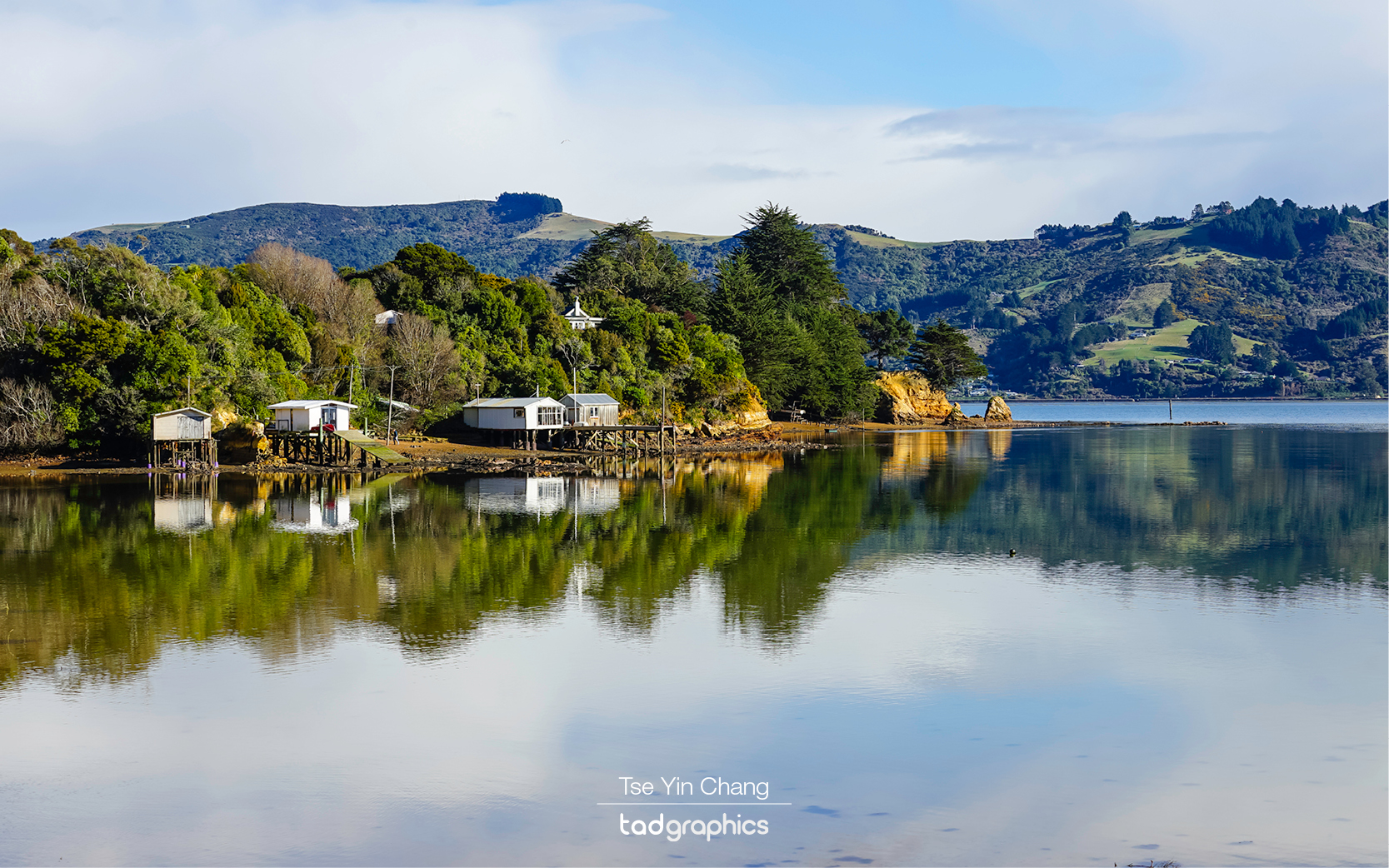
This was not my first trip to the region. On a previous trip I visited the most famous fjord, Milford Sound, and what I had seen there made me want to return. I was told that its neighbours were no less attractive, so rather than revisit Milford, I opted to explore a different fjord – Doubtful Sound.
In a place so packed with varied and compelling geography, getting to our destination was as much part of our experience as the fjord itself. We started the day from Dunedin, the quaint capital of New Zealand’s far south. Sitting on the East Coast, it takes around four hours to drive to Te Anau – the gateway to the Fiordland National Park. Dunedin was a pleasant place to make a pitstop, thanks to its charming architecture and lively atmosphere.
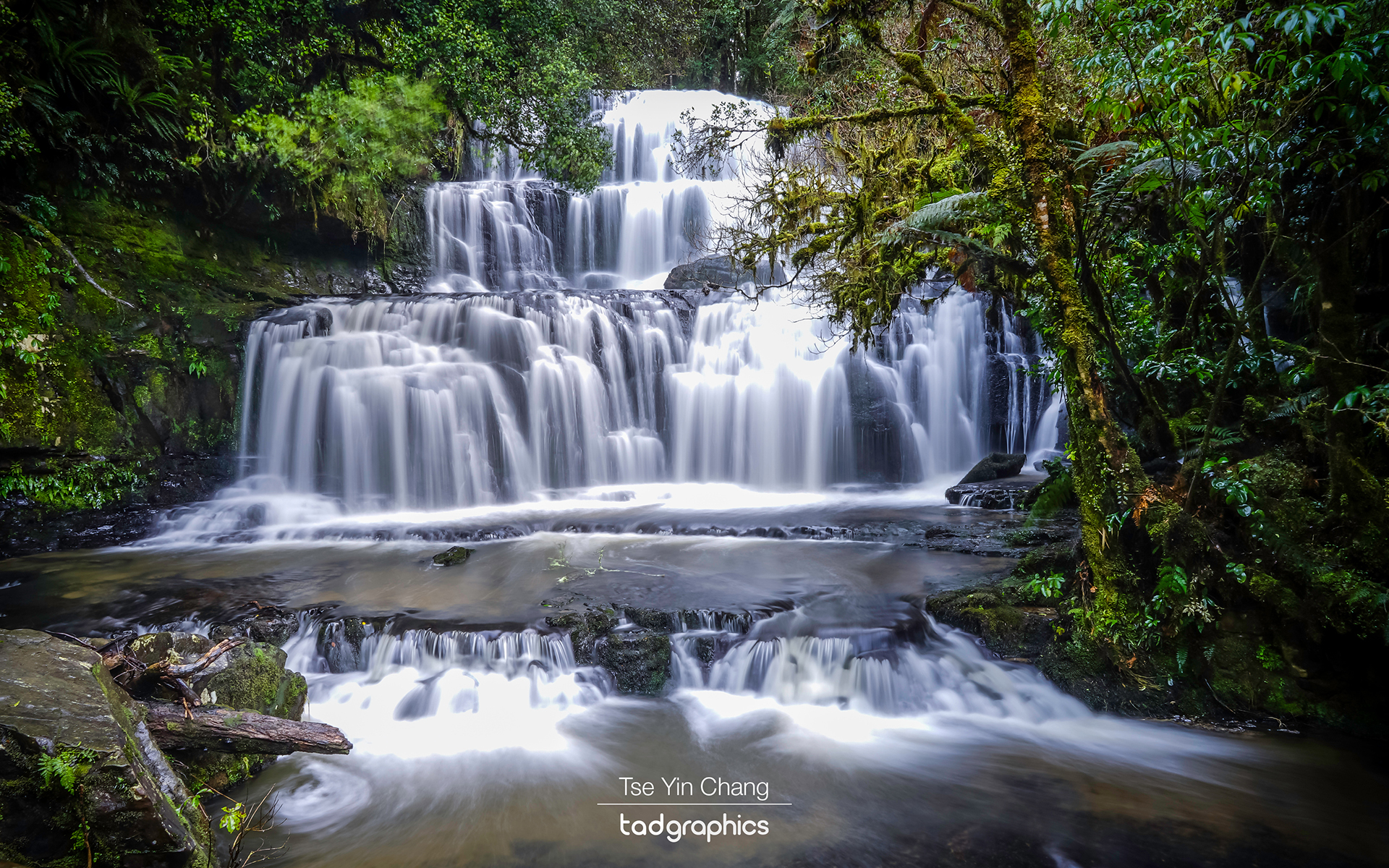
As we set out, the cityscape gave way to the lush green farmlands of Otago. In contrast to the rugged terrain we had seen earlier in our trip, this was nature on a more manageable level. We drove through rolling hills and well-kept fields which, while not as eye catching as the mountains, made for a pleasant contrast. After about an hour we reached the country town of Balclutha where we took some deviations from our route.
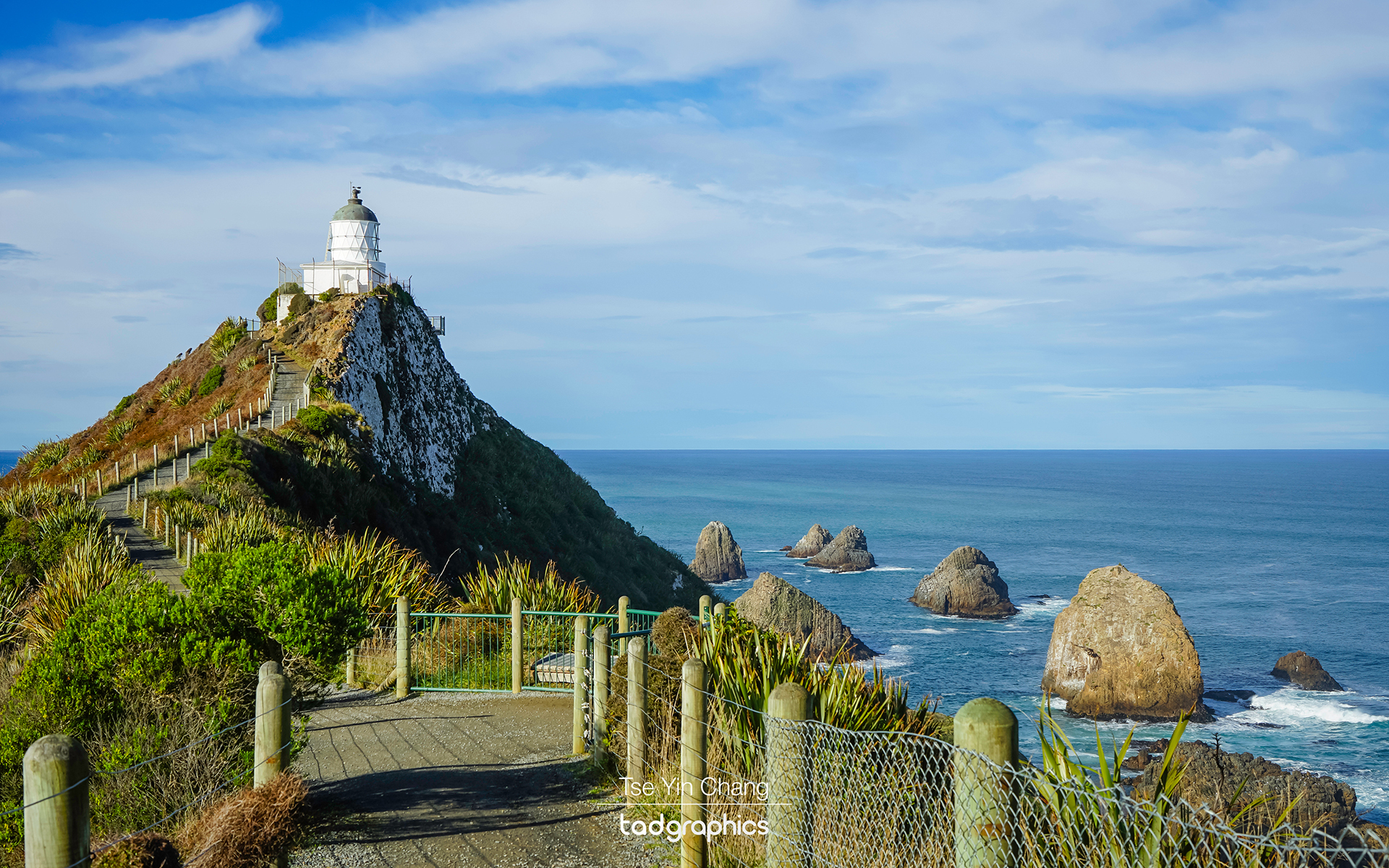
A large part of the local area is taken up by the Catlins Forest Park. Ideally we would have had more time to spend here, as the park contains much of the country’s finest forest as well as an undulating windswept coastline. There are plenty of things to see in the area, so we picked two that looked both exciting and easily accessible. I love a good waterfall, so paying a visit to the Purakaunui Falls was high up on my ‘places to visit in New Zealand’ list. It is also the most photographed waterfall in New Zealand. Next we moved on to Nugget Point Lighthouse. Sitting on a peninsula overlooking a patch of water dotted with rocky islets or ‘nuggets’, the lighthouse was built to help passing ships avoid being wrecked. While they may be a hazard to sailors, they do make a striking sight when combined with the jagged peninsula on which the lighthouse sits.
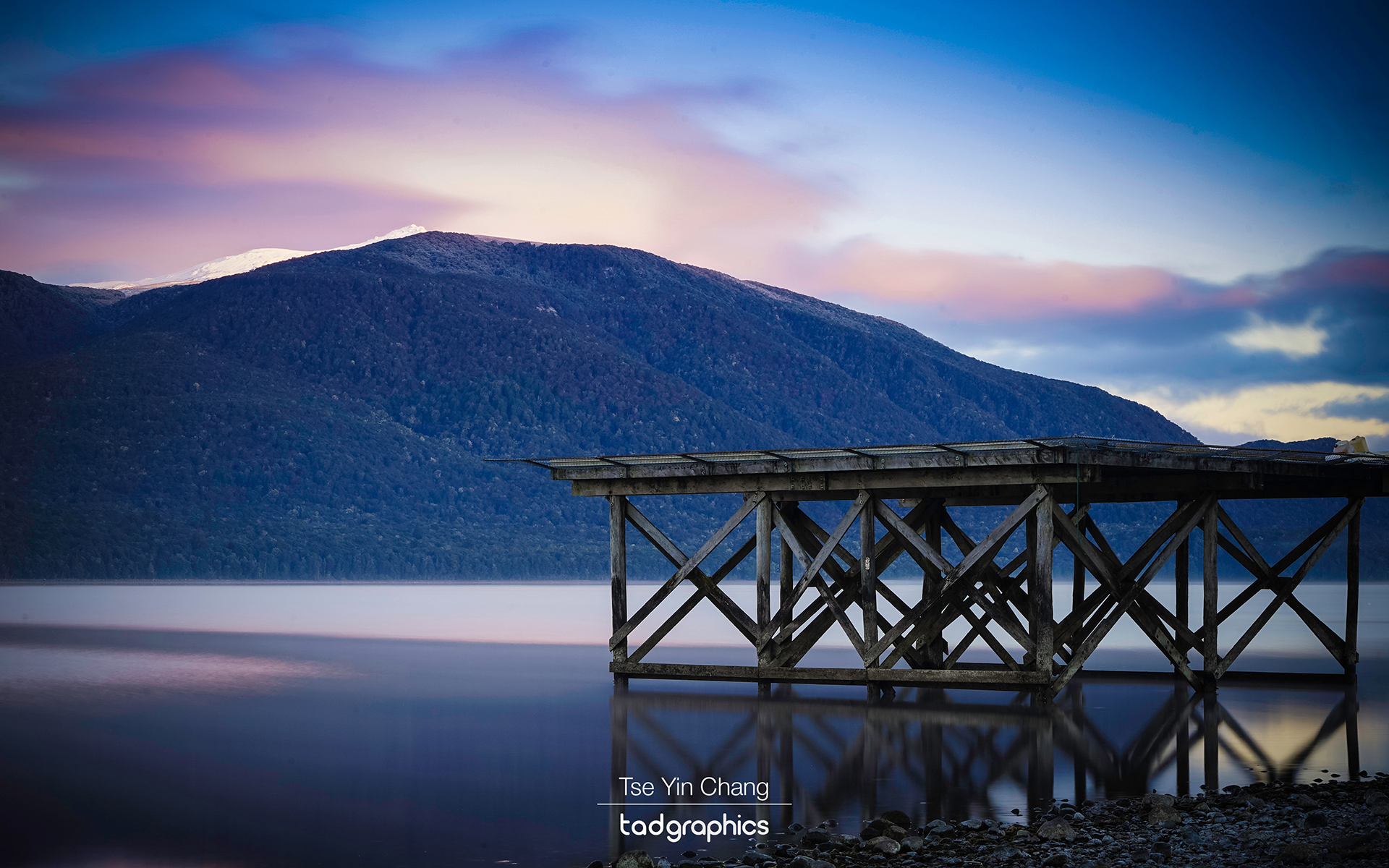
Getting back onto the main road, our route took us into the region of Southland where we passed more open farmland. Periodically eye-catching hills would rise up on either side, and as we got closer to our destination these grew steadily in stature until we reached the outskirts of Te Anau, where suddenly lofty mountains loomed over the road ahead. The town sits on the eastern shore of a lake (which shares its name) and which divides the largely flat farmlands we had passed through from the wild and largely uninhabited fjord-crossed mountains of the west. We arrived just as sunset was approaching, and a light dusting of snow was starting to fall. It was a fitting way to enter what would be our base for the next couple of days.
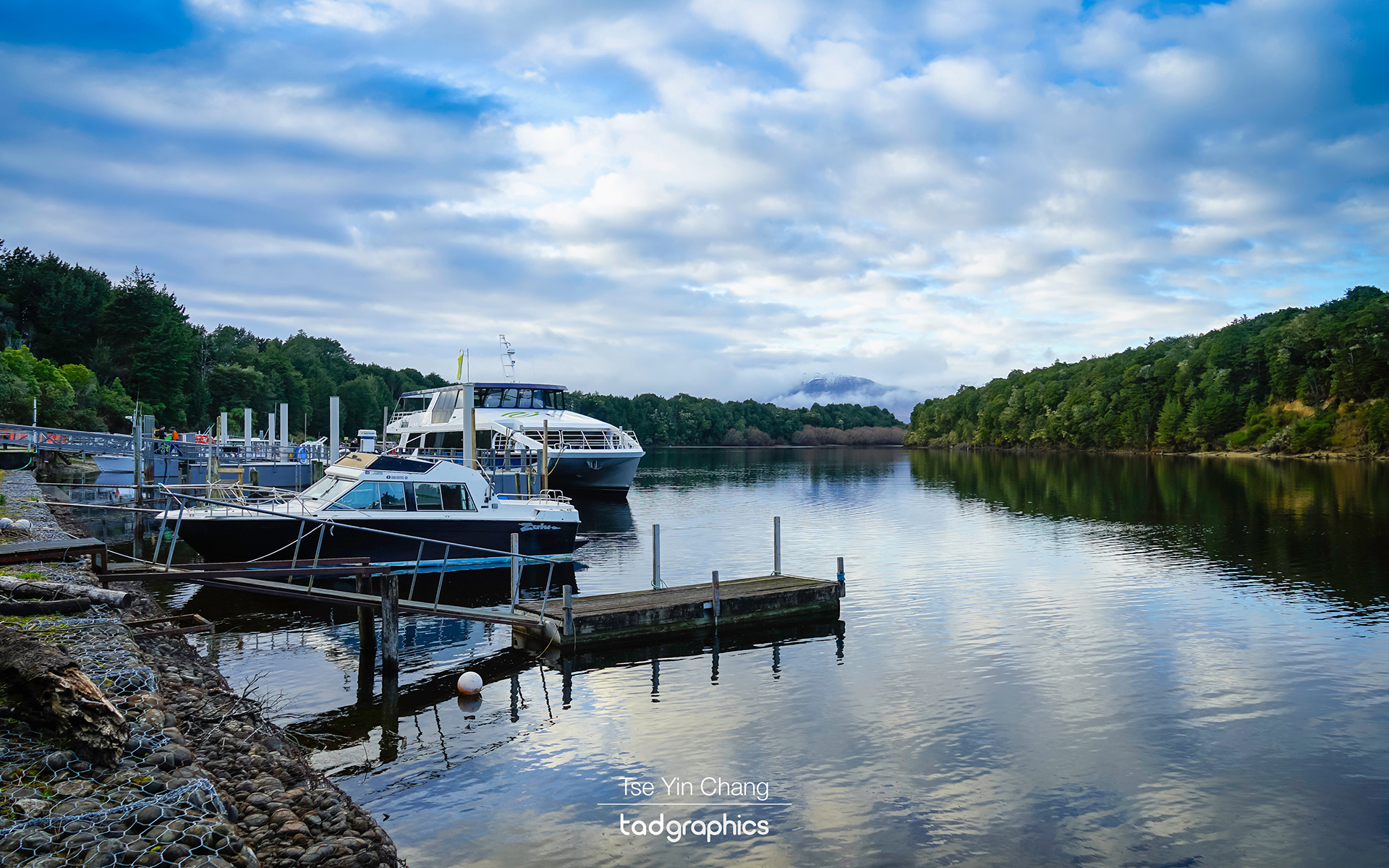
After a comfortable night’s sleep at Distinction Te Anau Hotel and Villas we awoke to beautiful and inspiring views of the lake, thanks to the hotel’s location right on its shoreline. We were also met by a blanket of snow which had fallen over night, and our first job of the day was to scrape it off our car windscreen. The clouds had passed by that point however, and had given way to a beautiful crisp sunny winter’s day.
Once that was done we were off to the hamlet of Manapouri where our day trip to Doubtful Sound would begin. The sound is completely inaccessible by road – the only way to get there is by sailing across Lake Manapouri by boat. We went with a company called Real Journeys on their ‘Doubtful Sound Wilderness Cruises’. We had hoped to go on an overnight tour (and wished we had been able to even more after the trip), but as they are not available during winter we settled for an eight hour day cruise.
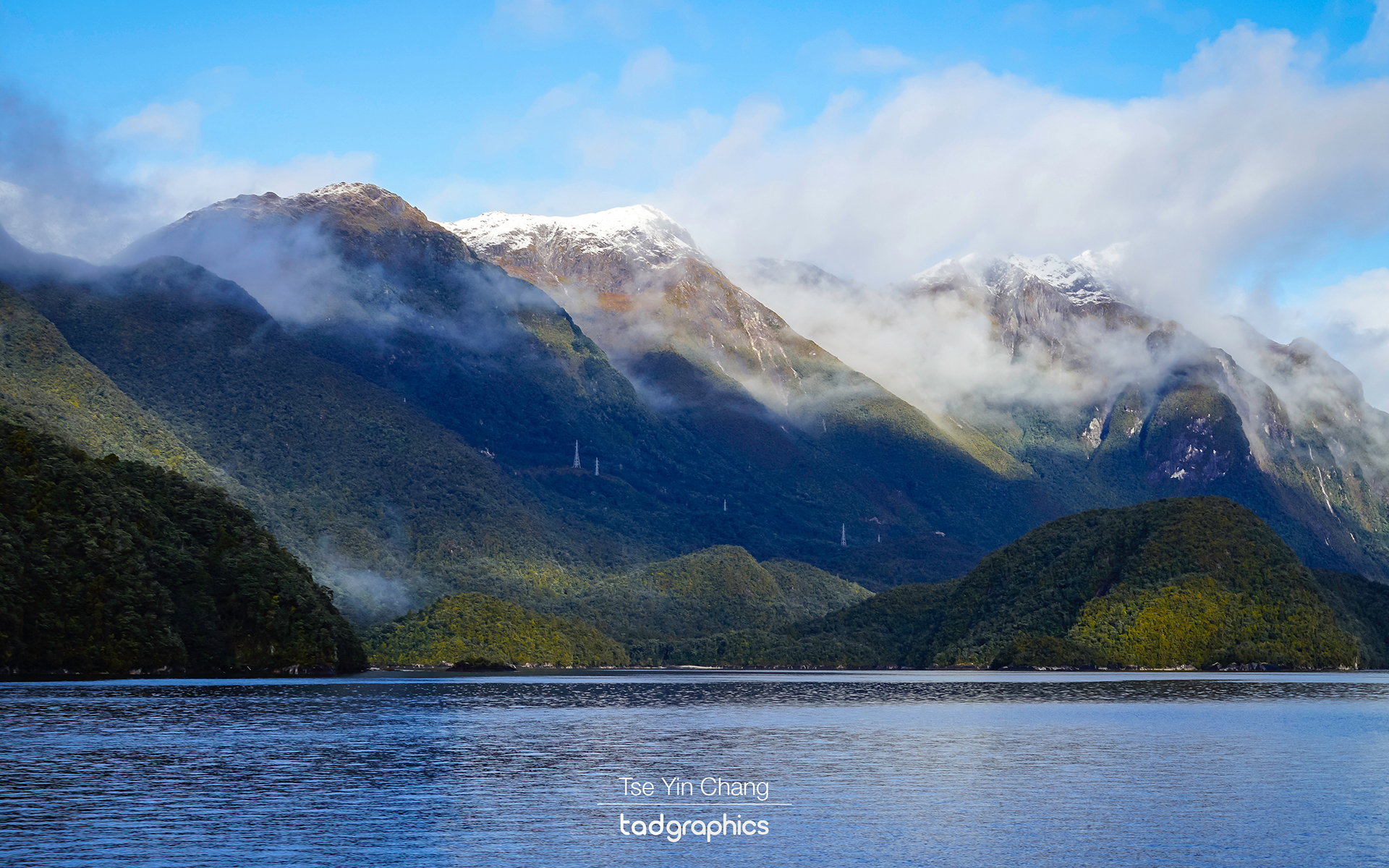
From the beginning the scenery was spectacular. The open lake made a great contrast to the narrower channels of the sound which would soon follow. Before long that narrowing happened as the mountains started to encroach on the water. When we reached the top of the lake’s West Arm, we docked at a lonely hydroelectric power station. From here, the sound itself is on the other side of Wilmot Pass and a ribbon of isolated road connects the two bodies of water.
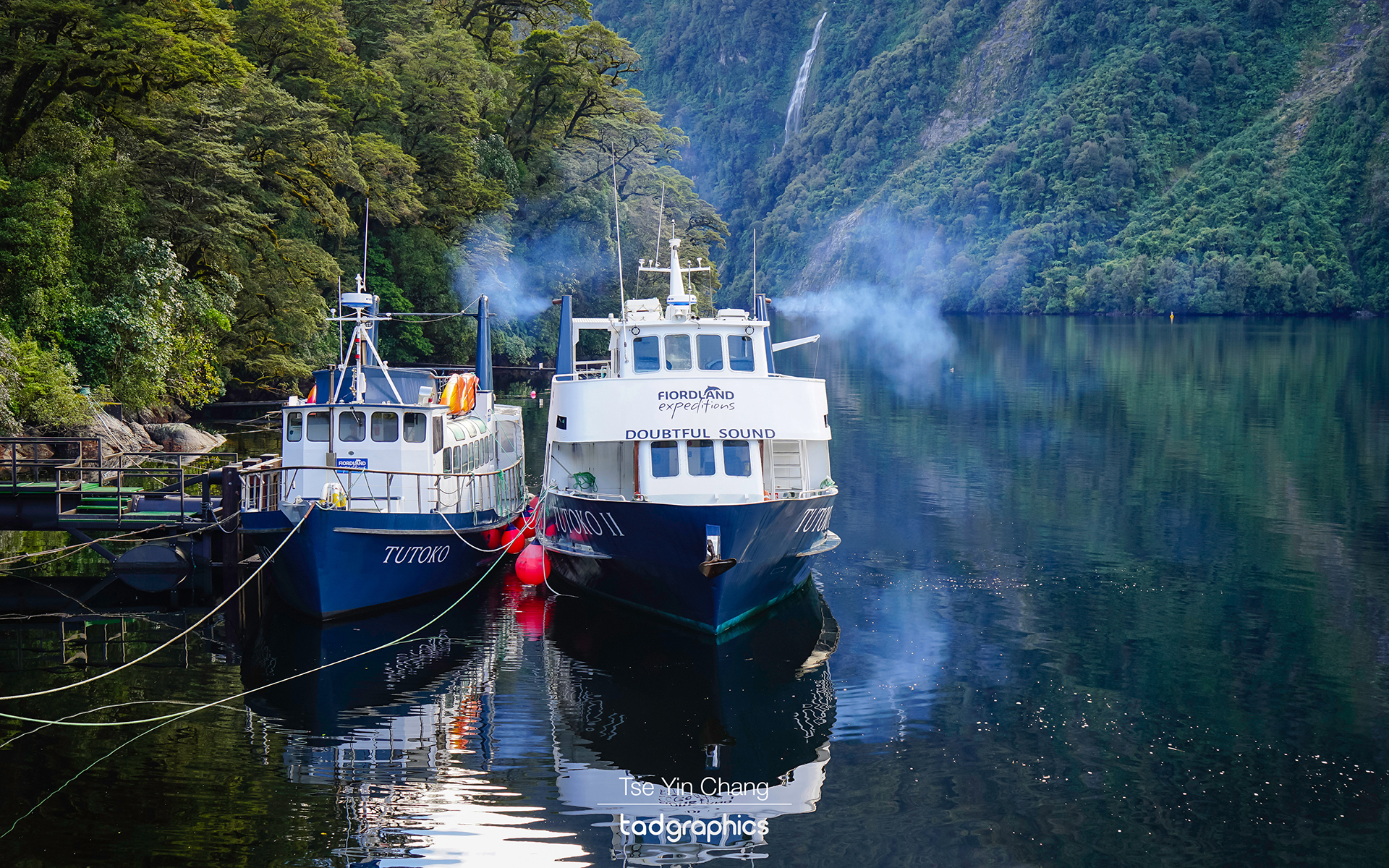
We were transferred onto a coach which took about half an hour to drive over the Pass. The road was purpose built to facilitate the construction of the Manapouri Power Station. Nowadays the road is used mainly for tourism and fishing operators. The road is the only one in the country which is completely disconnected to the rest of the country’s network, and driving on it is a hair-raising twisting affair which takes in waterfalls and forests on its way up and down the Pass. The highest point of the Pass stood at 671 m and offers magnificent view of Doubtful Sound.
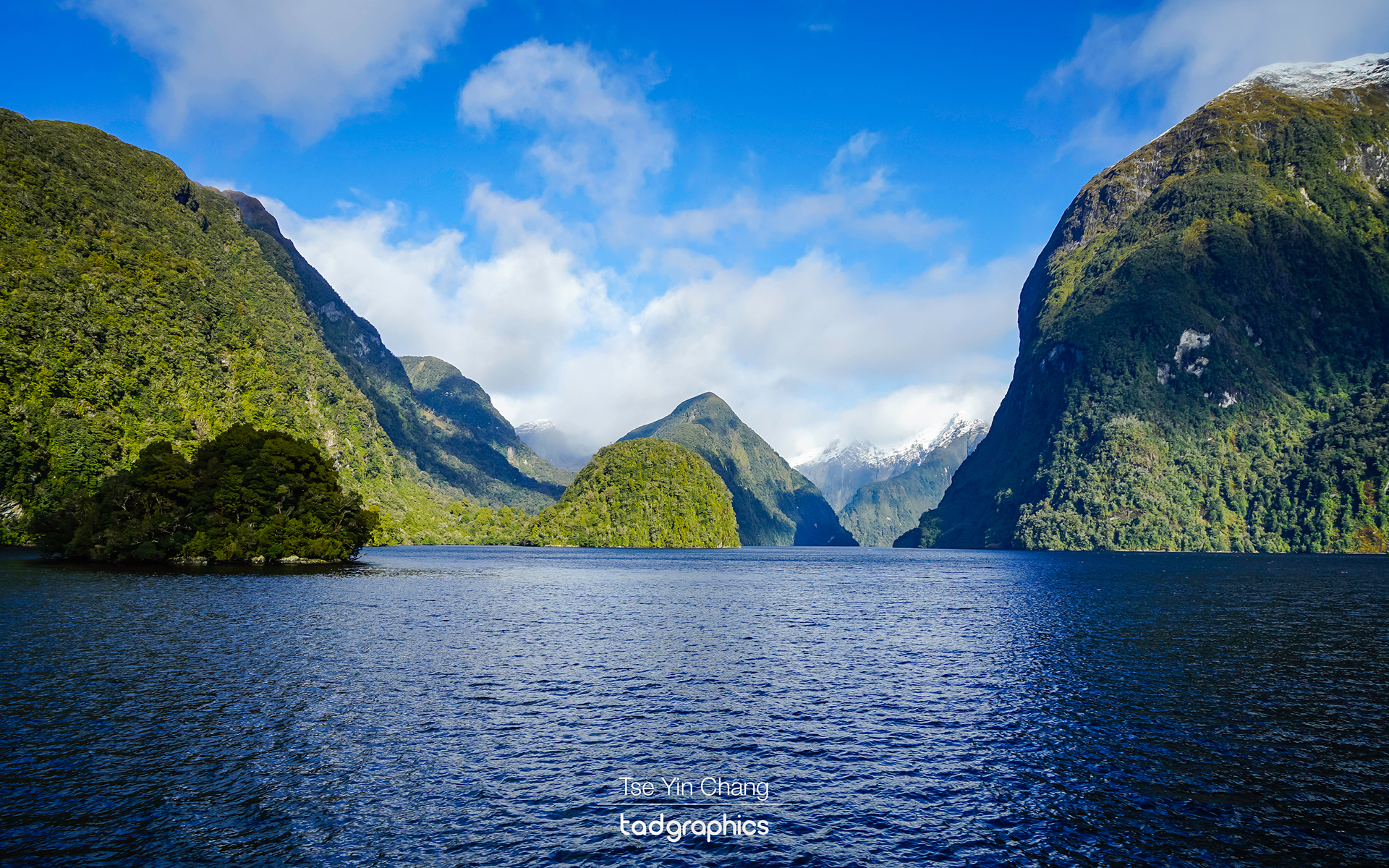
Once we reached the other side we were back onto another boat for a cruise down the Sound and into the Tasman Sea. As well as more stunning scenery, we were lucky enough to observe some of the local wildlife during this portion of the tour. This included fur seals and the illusive yellow-eyed penguin. To cap it all off, upon our return to Manapouri nature had one more gift for us in the form of a colourful sunset. We stayed to photograph it before heading back to Te Anau.
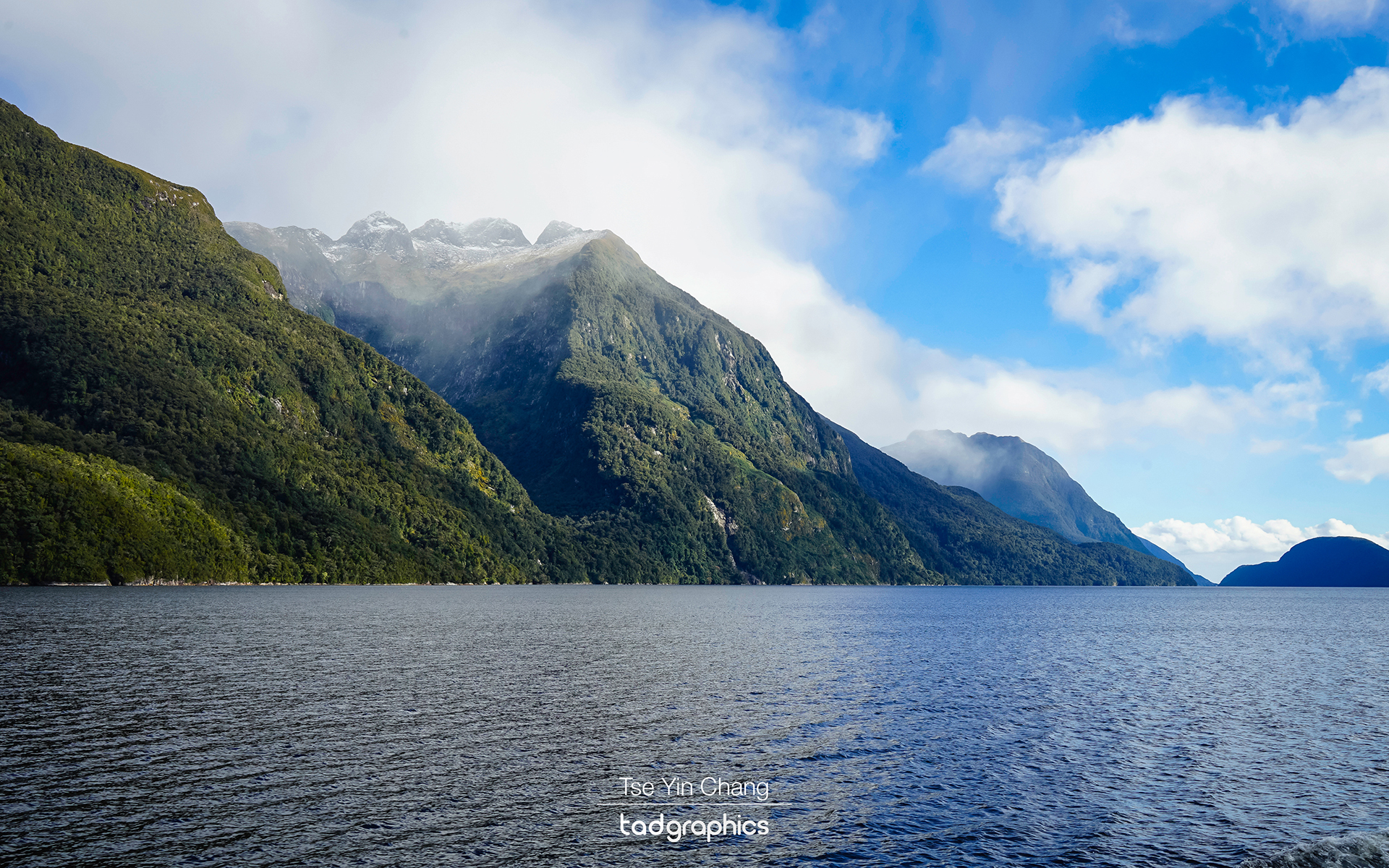
While Milford Sound attracts the majority of visitors, having now seen both I had come to the conclusion that I prefer Doubtful Sound. It is no less spectacular, and as Milford Sound draws most of the tourists it is much more peaceful and less crowded. Measuring roughly forty kilometres, and with several different arms, we could have easily spent more time exploring all its nooks and crannies. The relative lack of people also lets it retain its lonely charm and adds to the feeling that you have reached the end of the world.
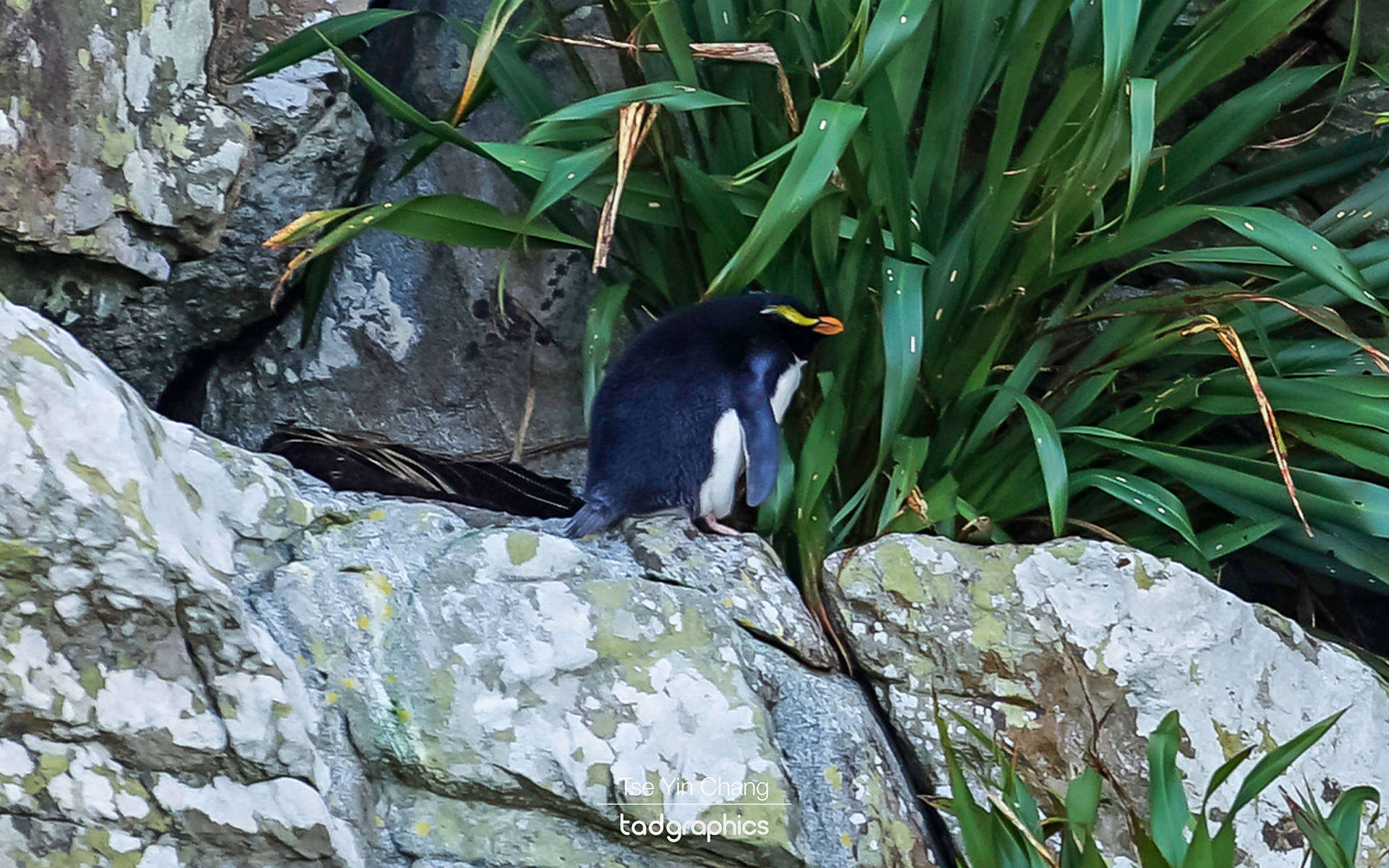
We spent the night back in Te Anau before moving north to Queenstown. On our way there however, we first went north along the lake past Te Anau Downs to see the Eglinton Valley and Mirror Lakes. The valley is yet another example of the region’s exciting scenery. If the area is generally reminiscent of somewhere like Norway, this particular stretch feels like the high steppes of Central Asia. The feeling of space that its broad grassy plains give enhance the steep mountain ranges running along its sides, and makes them feel perhaps even more epic. This is probably why it was chosen as a filming location for the Lord of the Rings films. Part of the way up the valley, you’ll encounter Mirror Lakes: another photogenic natural wonder with an apt name as their waters reflect the surrounding peaks. Afterwards we retraced our steps and looped around to Queenstown. The road clung scenically to the edge of Lake Wakatipu, providing a seemingly endless procession of remarkable views.
Prints from my Doubtful Sound photo collection are available in a variety of different sizes and framing options. Please get in touch to find out more.
See also:
- Off the beaten track – exploring the Remarkables and Nevis Road Duffers Saddle
- New Zealand’s Glacier Country
